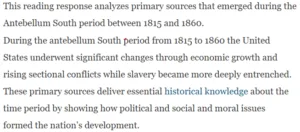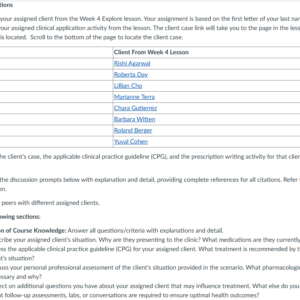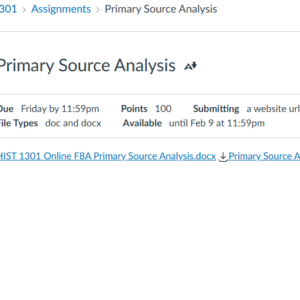Reading Response 3 Primary Sources-5

Links to an external site.https://constitutioncenter.org/the-constitution/historic-document-library/detail/indian-removal-act-1830
Sample

This reading response analyzes primary sources that emerged during the Antebellum South period between 1815 and 1860.
During the antebellum South period from 1815 to 1860 the United States underwent significant changes through economic growth and rising sectional conflicts while slavery became more deeply entrenched. These primary sources deliver essential historical knowledge about the time period by showing how political and social and moral issues formed the nation’s development.
This analysis evaluates essential documents starting with the Indian Removal Act of 1830 followed by the Fugitive Slave Act of 1850 and continues with narratives from enslaved people and western migration records and concludes with personal statements from individuals who experienced this tumultuous time.
https://www.loc.gov/collections/voices-remembering-slavery/about-this-collection/
https://docsouth.unc.edu/neh/alphaautobio.html
Related History Courses

- HIST 483 History of Japan Since 1800
- HIST 466 The Cold War
- HIST 482 History of Japan to 1800
- HIST 289 Historical Methods
- HIST 392 History of the Contemporary Middle East
- HIST 365 Recent America: 1945 to the Present
- HIST 453 Diplomatic History of the United States Since 1914
- HIST 319 Special Topics in History
- HIST 217A Berlin Its History and Art
- HIST 382 The Korean War
Solution

Chapter 9: The Rise of the South (1815-1860)
The antebellum South exists as a rich historical landscape that combines conventional values together with modern developments and evident social discrimination. While the “peculiar institution” of slavery undeniably……. purchase this sol. for $10






Reviews
There are no reviews yet.